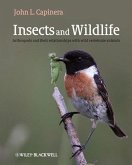
Gebundenes Buch
Arthropods and Their Relationships with Wild Vertebrate Animals
1. Auflage
29. März 2010
Wiley & Sons / Wiley-Blackwell
| Broschiertes Buch | 174,99 € | |
| eBook, ePUB | 75,99 € | |
| eBook, PDF | 75,99 € |
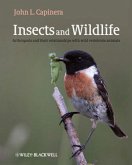
Broschiertes Buch
Arthropods and Their Relationships with Wild Vertebrate Animals
1. Auflage
29. März 2010
Wiley & Sons / Wiley-Blackwell
Ähnliche Artikel
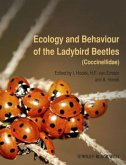
Gebundenes Buch
2. Aufl.
21. Mai 2012
Wiley & Sons
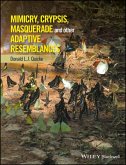
Gebundenes Buch
1. Auflage
2. Oktober 2017
Wiley & Sons / Wiley-Blackwell
1W118931530
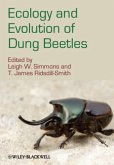

Gebundenes Buch
A Compendium Desk Reference
1. Auflage
6. August 2018
Wiley & Sons / Wiley-Blackwell
1W118994650
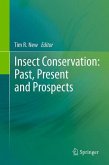
Gebundenes Buch
2012
16. März 2012
Springer / Springer Netherlands
86019161,978-94-007-2962-9
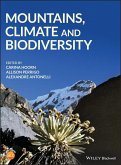
Gebundenes Buch
1. Auflage
30. April 2018
Wiley & Sons / Wiley-Blackwell
1W119159870
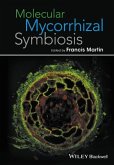
Gebundenes Buch
1. Auflage
19. Dezember 2016
Wiley & Sons / Wiley-Blackwell
1W118951410

Broschiertes Buch
An Ecological and Evolutionary Approach
9. Aufl.
27. Mai 2016
Wiley & Sons / Wiley-Blackwell
1W118968580
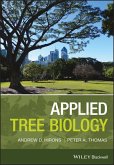
Broschiertes Buch
1. Auflage
4. Januar 2018
Wiley & Sons / Wiley-Blackwell
1W118296400
Ähnlichkeitssuche: Fact®Finder von OMIKRON
